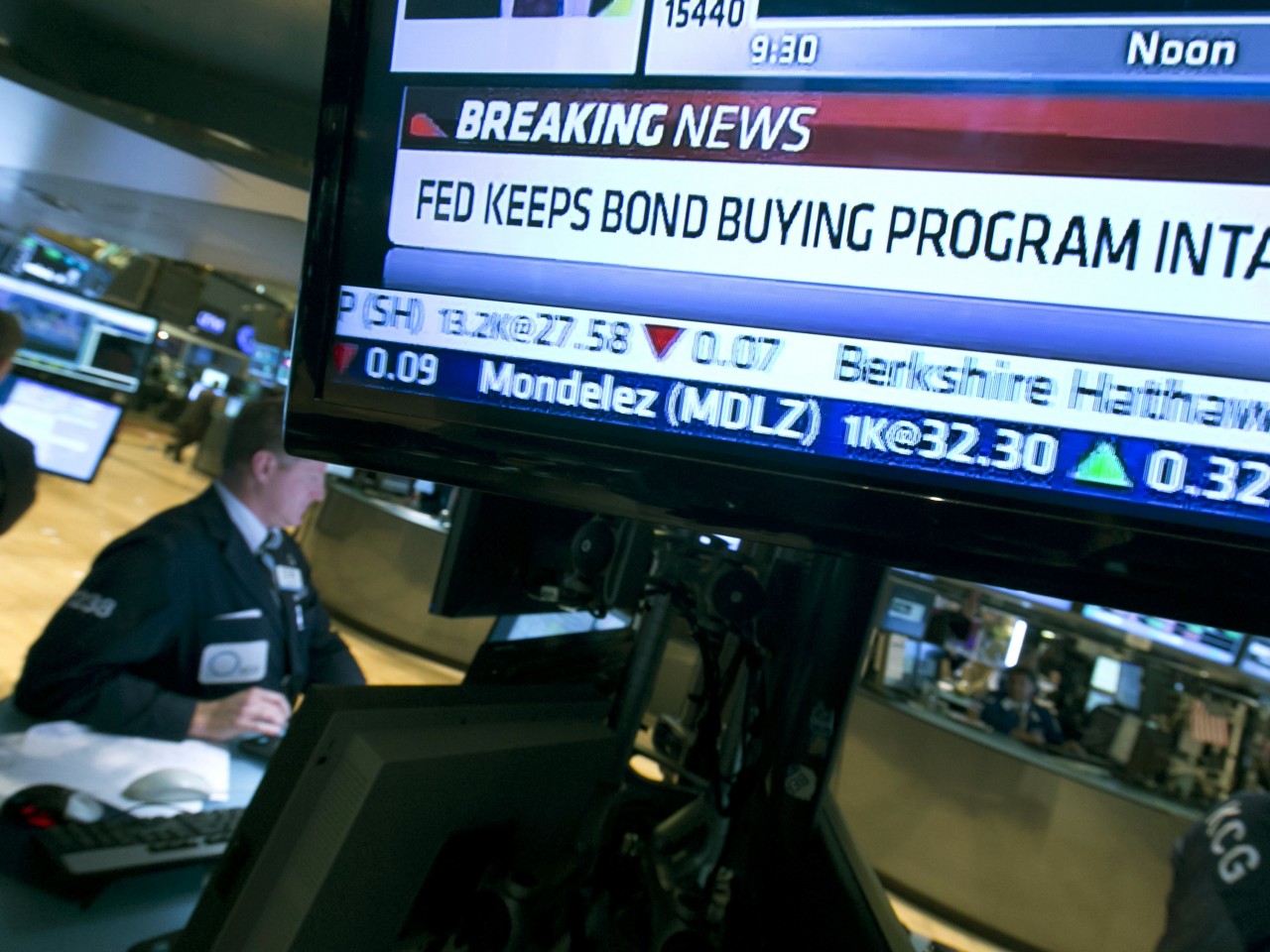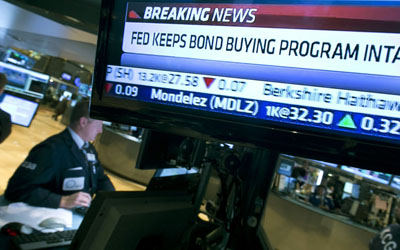Trading the News: A Forex Trader’s Guide Part 4

When it comes to trading the news, there are essentially two approaches you can take – having a directional bias, and having a non-directional bias. Today, we shall talk about what these terms mean, and the advantages and disadvantages of each.
Directional Bias
If you are trading with a directional bias, it means that you expect the market to move in a certain direction after the news report is released. When you are looking to trade in this way, it’s important to have in mind what it is about news reports that cause the market to move.
A few days or weeks before a news report comes out, it is common for analysts to forecast the numbers that will be released. Naturally, these forecasts will vary from analyst to analyst, but there will usually be a common number that most of them will agree on, and this number is called the consensus forecast. Then, when the news report is released, the number that is given is called the actual number.
There is a common phrase used in the forex market: “Buy the rumour, sell on the news”. The rationale behind this is that, when the news report is released, the movement often doesn’t reflect what the report would lead you to believe.
Directional Bias
For example, let’s say that last month the U.S. unemployment rate stood at 7.1%, and that analysts are expecting the U.S. unemployment rate to increase to 7.5% with the next report. This consensus figure means that the market is expecting the numbers to reflect a weakening U.S. economy, and therefore a weakening dollar.
With this in mind, the major market participants aren’t going to wait for the report to come out to take a position, and will start selling the dollar before the number is released. If the report then comes out and matches the consensus forecast, the natural reaction to this, as a retail trader, would be to see this as being bad news for the U.S. economy, and that it is time to go short on the dollar.
Then, when it comes to placing your trade, you notice that the markets are moving in the opposite direction to the one you anticipated, and the dollar is rising instead. This happens because the major market participants have already set their positions before the event, and are now taking profits.
On the other hand, if the report came out below expectations – say at 6.8% – this would surprise the market by showing that the U.S. economy was, contrary to expectations, strengthening. This would precede a big dollar rally, because it isn’t what the market expected to happen and all the major players are trying to adjust their positions as quickly as possible.
The same thing would happen if the report came out way above expectations – for example 9.0%. The only difference in this case is that instead of seeing a rally in the dollar, we would see a massive slide as the big players rush to sell off their dollars.
By keeping an eye on the market consensus and the actual numbers, you can estimate with far greater accuracy those news reports that will cause big market movements, and which direction it will move in.
Non-directional bias
The other main approach – and one that is more commonly used by traders, is to take a non-directional bias approach. This method forgets all about the directional bias and is solely based upon the idea that a big news report will create a big move. It doesn’t matter which way it goes, you just want to be ready when it does.
So, when the market moves, you have a plan in place to enter a trade, but you don’t know yet whether it will be a short or a long trade – hence the name non-directional bias.
Tradersdna is a leading digital and social media platform for traders and investors. Tradersdna offers premiere resources for trading and investing education, digital resources for personal finance, market analysis and free trading guides. More about TradersDNA Features: What Does It Take to Become an Aggressive Trader? | Everything You Need to Know About White Label Trading Software | Advantages of Automated Forex Trading









